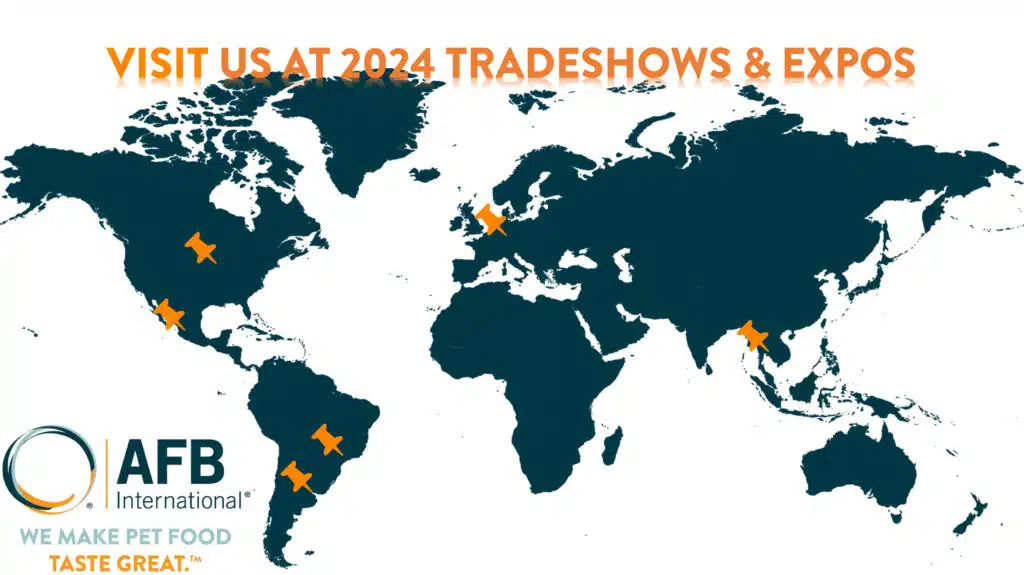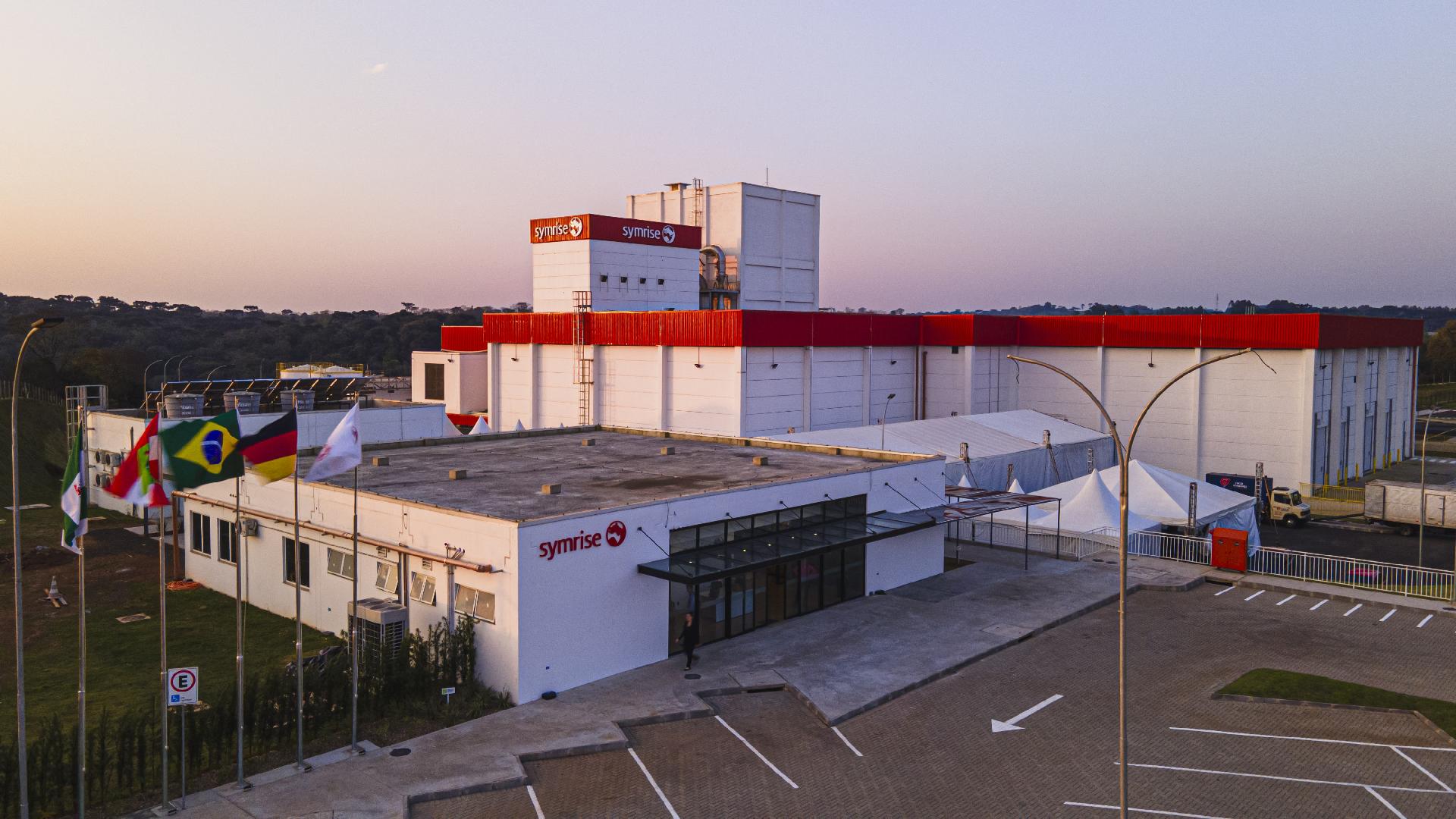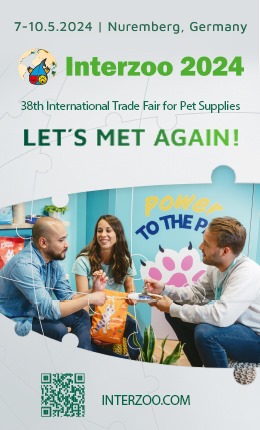Coronavirus, COVID-19, Sars-CoV-2... there are many names for this virus that arrived at the end of 2019. It completely changed the world as we know it forcing all humans to isolate themselves and, above all, to adapt.
When the media mentions something related to coronavirus, immediately the general feeling is of despair, tragedy, fear and uncertainty due to the strong economic recession and health impact caused from this virus in multiple countries.
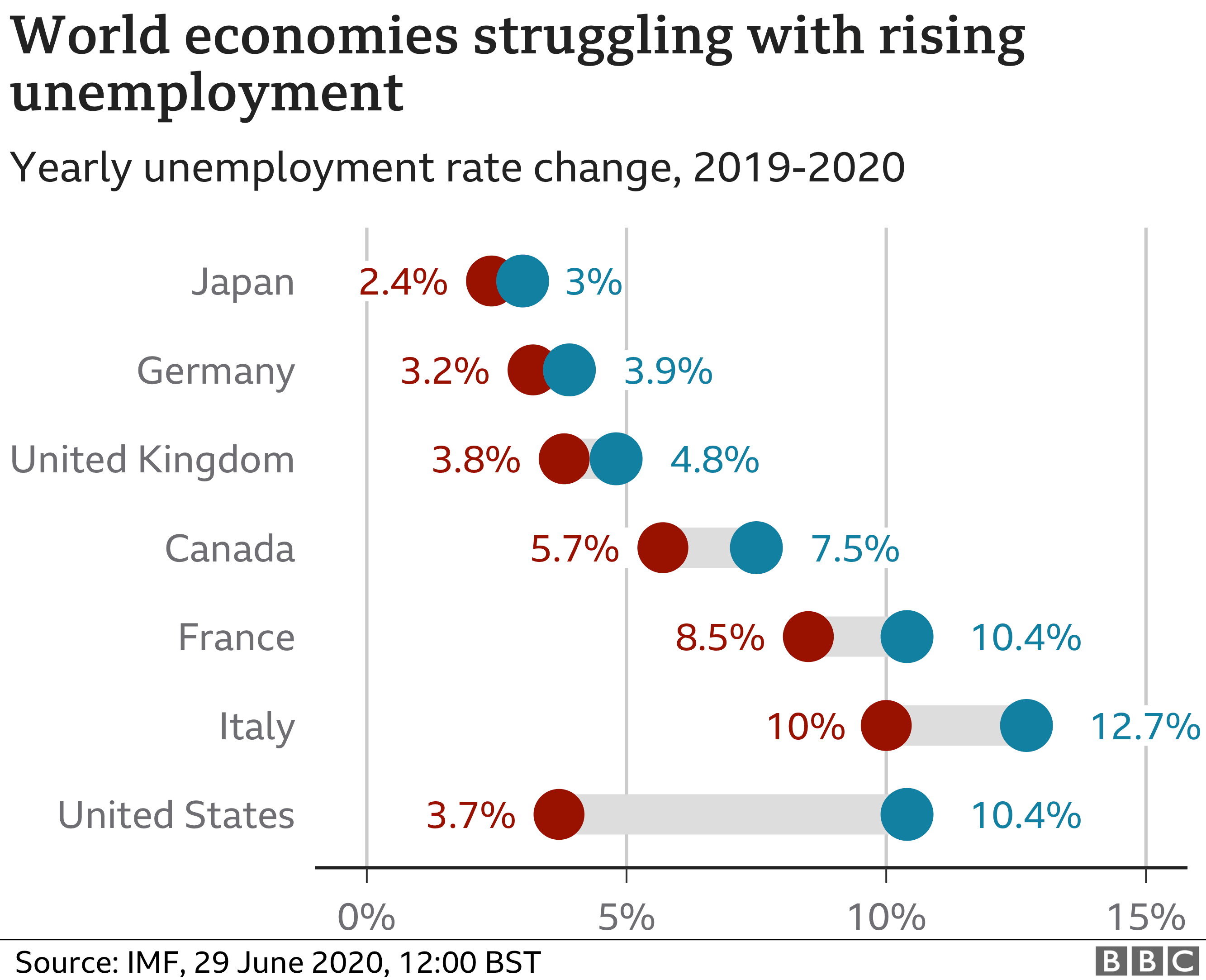
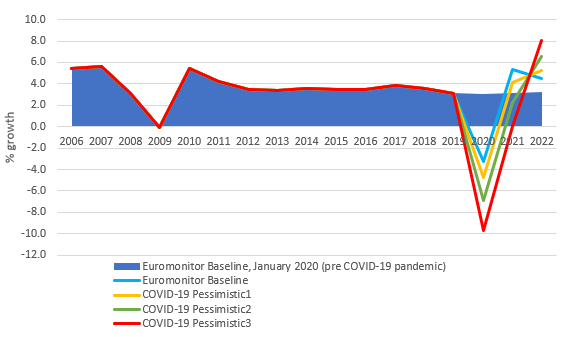
It is completely understandable why the general feeling is one of panic and anxiety, but were all industries affected equally?
The answer might surprise you. In the midst of the global health and economic catastrophe, there was an industry in which both producers and consumers knew how to adapt and took advantage of the situation. Do you want to know what industry it is? Continue reading.
Did the pandemic affect all industries equally?
Without a doubt, the pandemic we are currently experiencing did not go unnoticed. All industries were affected in one way or another. The health pandemic that we are going through has had an economic impact, bringing with it the worst economic recession since 1930 and The IMF's latest World Economic Outlook suggests that the pandemic will cost the world $28 trillion dollars.
Industries such as technology, in which shipments and sales of televisions fell by -4.5%, video games by -10.1%, smartphones by -10.4%, smart speakers by -12.1% and smart watches up to -16%, are examples of how much the pandemic has affected the world economy.
Other industries heavily hit by COVID-19 are the food industry, retail businesses, hotels and travel agencies with an economic and job loss of - 7% according to Mon Empresarial.
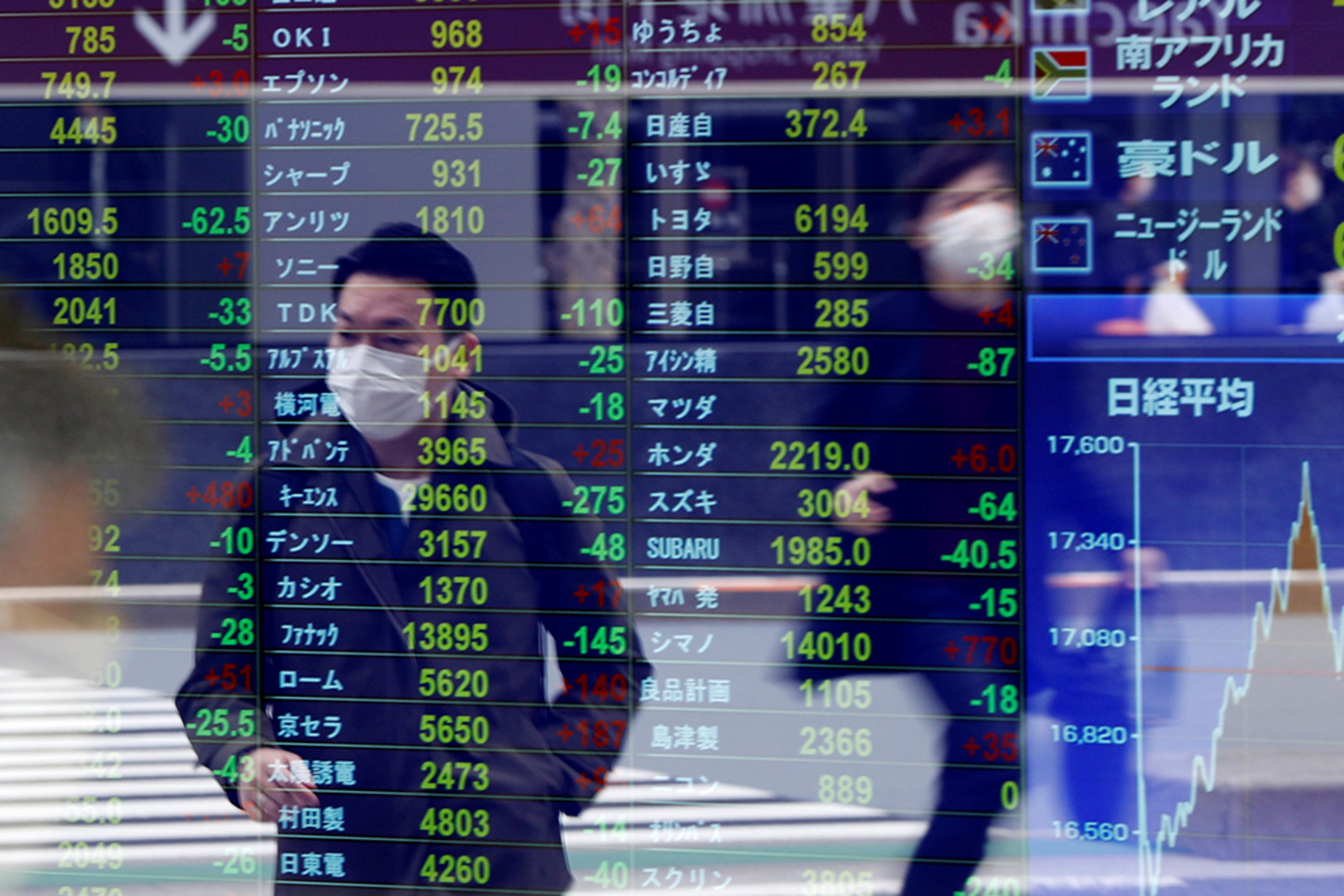
So, the pandemic has impacted all industries worldwide, that is a fact, but has it all been negatively affected? What about the industries that have grown the most in recent years, such as the pet food industry?
There is no doubt that businesses related to the pet food industry have grown disproportionately in recent years and Latin America has become the region with the largest number of pets in the world.
This increase in pets in Latin America is largely due to humanization trends, especially in younger generations such as Millennials, a generation born between 1981 and 1993. It's about 30% of the Latin American population and they prefer to have a cat or a dog over a child (Source: Forbes.com .mx) Actually dogs and cats are a part of their family and they invest large amounts of money in their health and nutrition.
This growth led to the pet food industry increasing its presence on the digital stage. It is estimated that from 2020 to 2025 the pet food industry will grow annually by 4.5% (CAGR 2020-2025), thus becoming one of the fastest growing industries in the market. (Source: Statista).
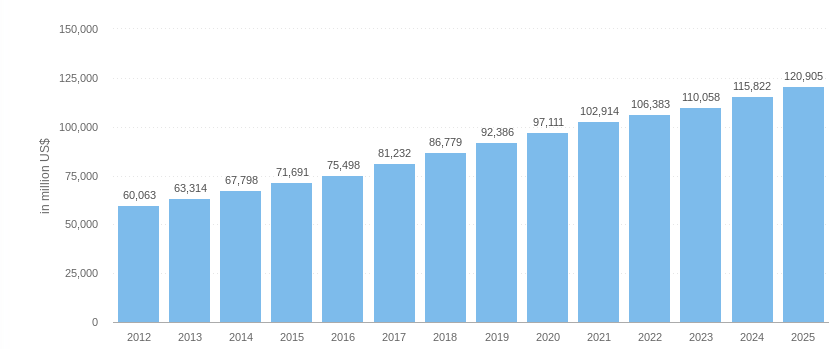
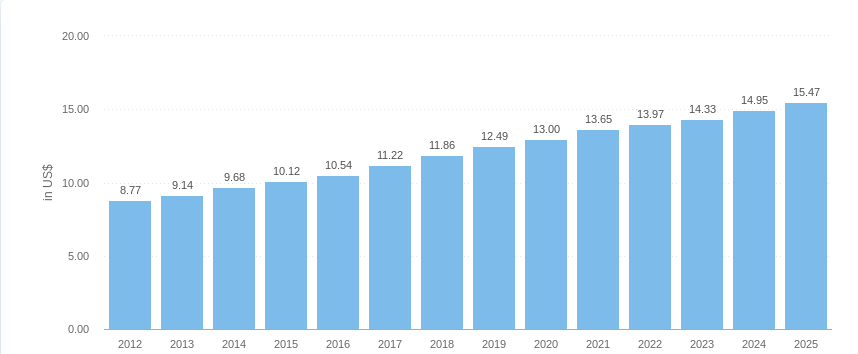

According to Statista, the pet food market will reach a value of 97.111 million dollars during 2020. Amazing, right?
So, how is it possible that the industry has not only managed to survive the pandemic, but is growing day by day despite the difficult situation we are going through?
To answer this question, it is first important to know the trends, sales before the pandemic, and how it started to grow.
How was the pet food market doing before the pandemic
Imagine it is Christmas 2018, your family has spent the last few months talking about how good it would be to adopt a pet so that the children learn about responsibilities, take long morning walks and add a furry member to the family.
On December 25, you decide to surprise your family with a 2-month-old Siberian Husky, the children can't believe it, they immediately give him a name and ask you to go to the nearest pet store to buy him toys, food and to take his first medical check up.
As the months go by, visits to the pet store to buy special kibbles for this breed, prizes and toys, become a routine: every month you get in the car, drive to a pet store, buy their food, a couple of prizes and a new toy.
At the end of 2019, the imminent news reaches you: a new virus has been discovered in Asia, its evolution and transmission are unknown, however, the authorities ask to stay informed and be attentive to any indication.
Come 2020, the official orders are to keep social distancing, work from home and only go out to make necessary purchases, but what about pets? What will happen to the monthly routine of driving to the pet store to get their food, treats and toys?
The answer is in technology, adaptation and E-Commerce.
So, the thousands of families that have at least one pet in their home, were forced to adapt and make their purchases on the internet in order to continue treating their dogs and cats as another member of the family. On the other hand, how did pet food producers adapt so as not to be affected by this change in consumption habits? Trends don't lie: Pet food producers and distributors noticed the migration of online shopping and started investing in their e-commerce.
Surely you have realized the economic crisis that the pandemic has caused, which has taken millions of jobs around the world and has considerably affected most industries, therefore, whether you have a pet at home, or are a producer or distributor of pet food, it is important that you are aware of the consequences that all this has brought for the pet market in Latin America.
To understand how the pet food industry was affected by COVID-19, it is first necessary to understand its exponential growth months before the pandemic came to stay.
In almost all continents, there was a huge boom in pet food. For example:
In European households 38%, that is, about 85 million households, are estimated to have pets (66 million cats and 60 million dogs) (APPA)
In the United States, there are almost as many pets as there are people with 305 million of them! (APPA)
Asia is the continent where they have the fewest pets per household with less than 11 million cats and 26.8 million dogs in China, despite the fact that the country has almost five times more people than the U.S.
Japan has an impressive number, considering how small the country is -- 13.1 million dogs and 9.8 million cats (The business journal in numbers).
Latin America, as mentioned before, is the region where the largest number of pets per household is concentrated, in which about 80% have at least one dog or cat at home (In Brazil there are 74.3 million dogs and cats, in Mexico there are 28.2 million, in Argentina 13 million, Colombia 5.7, Peru 4.77 and Chile with 4.5 million dogs and cats.) (Insurance Information Institute, Statista 2020).
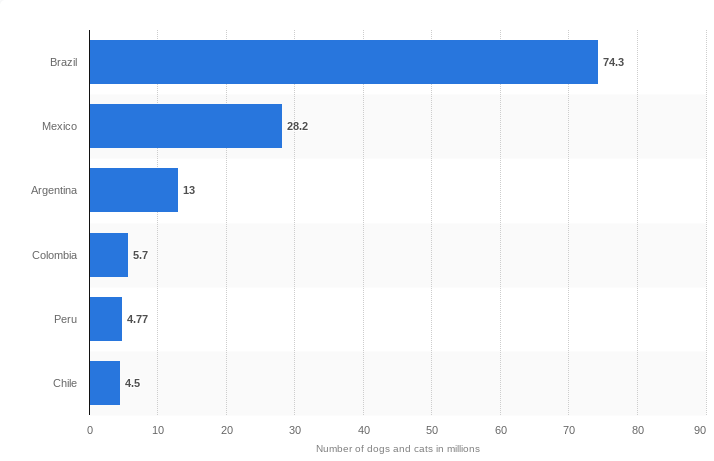
Let's look at some interesting data to understand how the industry was not affected by the coronavirus:
At the end of 2019, Latin America was experiencing a great growth in the pet food production industry, positioning itself as the second fastest growing region in the world after the United States.
Latin America was producing 6 million tons at a rate growth of 7%, compared to the previous year (Global Food Survey: Alltech).
Although the largest market is in Brazil and Mexico, the most prominent countries were Ecuador and Argentina, where they produced 180,000 tons and 710,000 tons respectively (Alltech).
All of this is attributed to a growth in the purchasing power of the population. That is to say that more and more people are moving up to the middle class.
Other factors that influence are the growing number of pet ownership, based on the millennial trend of having a pet instead of kids, the global trend of humanization and new concerns for the health of these pets.
Hand in hand with this trend, the pet food industry had a significant increase of 28% only in Mexico, this is due to the fact that in that country, about 70% of households have a pet, in which 41.5% they are dogs and 16.5% are cats. (Euromonitor International).
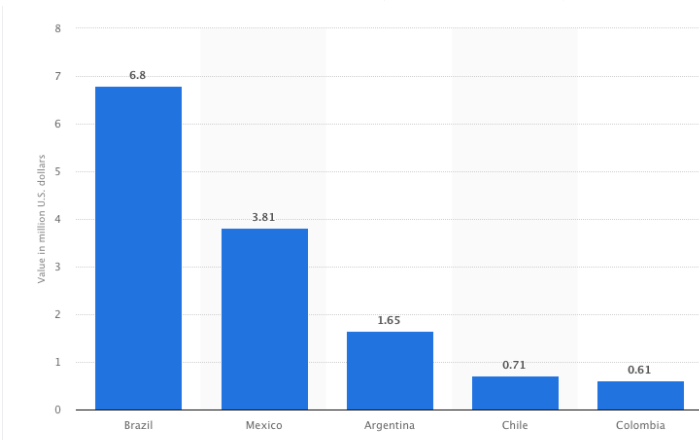
According to statista, in 2017, in Latin America, around 5.9 million tons of balanced pet food were produced, with Brazil and Mexico being the main leaders in both sales and market penetration, closely followed by Argentina, Chile, Ecuador, Colombia and Uruguay.
This high rate of consumption and sales of pet food, is largely due to the trend of humanization, in which the population, especially young or middle age adults between 20 and 35 years old, seek more and more well-being for their pets, whom they consider to be members of their family.
It is well known that the pet food industry has an excellent growth projection in the coming years.
Some of the factors, as we have seen throughout the article, are the generational change in which Millennials treat pets as a member of their family, the humanization of animals, mirror diets and others have favored the industry. Not only was it not heavily affected during the pandemic, but its sales and market value have increased!

Seeing the glass half full
With a sustained growth of 6% per year (source: Euromonitor) and a projection to increase the market value from $1.9 billion to $2 billion, it seems that the pandemic could not come at a worse time, however, far from what it could. Apparently, the coronavirus has benefited the pet food industry.
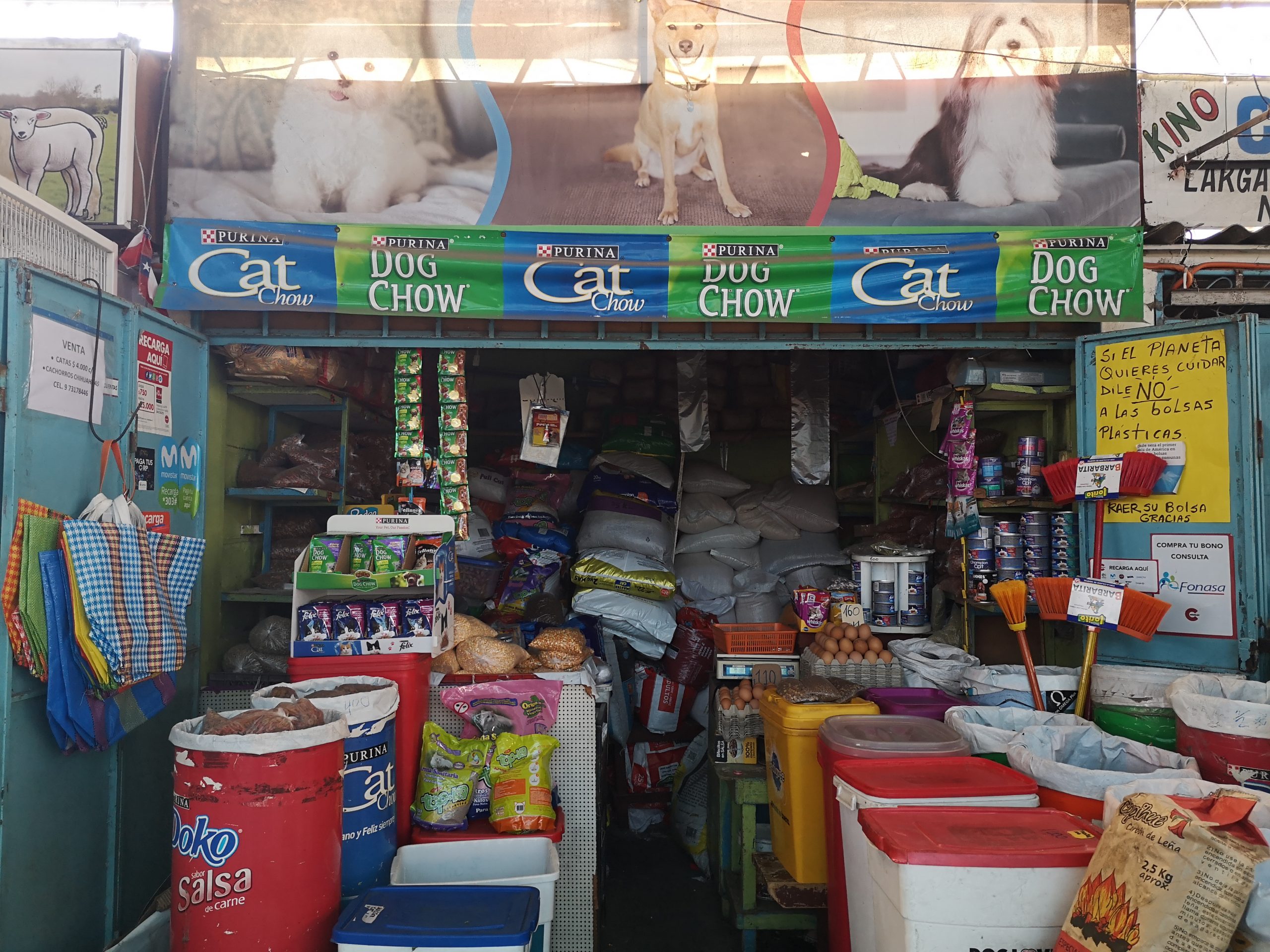
It is quite possible that older generations would have preferred to live in austerity and feed their pets homemade leftovers before investing in balanced pet food. However, as we have mentioned, 30% of the Latin American population are young people born between 1981 and 1993 and have a strong preference for animals and their well-being, a factor that undoubtedly favored the industry.
Another reason why the pandemic did not affect sales of pet food, but instead, favored its annual increase, was online sales. According to IBISworld, e-commerce reached $211.5 billion in the United States, of which 10%, that is, 10 billion dollars, correspond to sales of food and other products for pets.
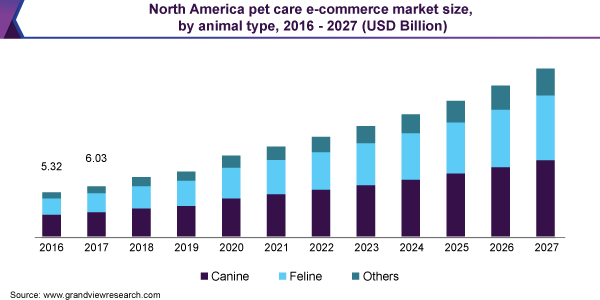

How did companies adapt
Companies in the sector have had to reinvent themselves and adapt to the pandemic. Fortunately they have done it so quick and successfully, either through their own online stores or recognized e-commerce sites such as MercadoLibre or Amazon that have managed to increase sales of pet food and other small species (The sale of cat food through the internet increased by 401% and the sale of accessories increased by 175%, according to a research carried out by "Criterio", agency specialized in electronic commerce).
These statistics tell us that one thing is certain: Latin America is about to make a leap to digital shopping as it's first option to buy food for their pets.
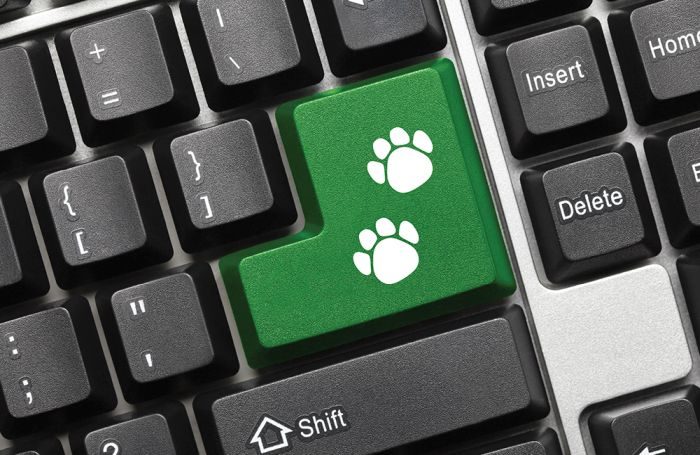
The pet food industry in Latin America has a bright and promising future, all thanks to the growing trend to make pets a member of the family and e-commerce. Their nutrition and well-being are already indispensable for pet owners, even becoming part of the basic food basket for families.
Conclusions
So what should small and medium businesses do within the pet food industry?
The answer is to adapt to change, closely follow trends, and not give in to the pandemic, which, while it appears to soon be under control, it may still catch us off guard.
Businesses within the industry should view e-commerce not as a temporary option, but as a business alternative that is here to stay.
Younger generations have shown interest in the well-being of their pets, that is, their family members, and they will not hesitate to invest more and more money in getting the super premium grain-free food and even more if it can be delivered to their front doors.
If you are reading this article and you already have online sales, consider including photos of your products being sanitized and following all preventive processes to avoid the spread of the virus and reassure the consumer's peace of mind.
If you still don't have online sales or presence in Market Places, don't wait any longer. Fortunately, this virus will not infect your devices.
And, what can you do as a consumer?
Businesses of any kind, today more than ever, require the support of consumers to continue fighting the economic recession that is expected due to the pandemic. Actually your best four-legged friend also needs you to survive. Stay safe, keep your pets safe and help the pet food industry continue to grow by making use of technology. Give this tool a chance, the one that has allowed the economy not to completely collapse: e-commerce.
2021 will surely bring us a more encouraging outlook, with the vaccine and the imminent return to normality. Meanwhile, adaptation to change, empathy and the implementation of technology have become part of our lives.
Without a doubt, changes are difficult and this has been one of the most abrupt we have experienced but it is up to us to learn from the pet food industry and take a lesson: the world is for those who are capable of change, adapt and make quick decisions.

Post
Without a doubt, changes are difficult and this has been one of the most abrupt we have experienced but it is up to us to learn from the pet food industry and take a lesson: the world is for those who are capable of change, adapt and make quick decisions.
If you are reading this article and you already have online sales, consider including photos of your products being sanitized and following all preventive processes to avoid the spread of the virus and reassure the consumer's peace of mind.
If you still don't have online sales or presence in Market Places, don't wait any longer. Fortunately, this virus will not infect your devices.
The pandemic is not a reason to stop. Adapting to change is here to stay.
Author: Diana Mercado Cisneros
Source: Zoo Inc.
You could be interested: Interzoo 2024: History in the making
Market Information




 5.0
5.0
15/04/2024













